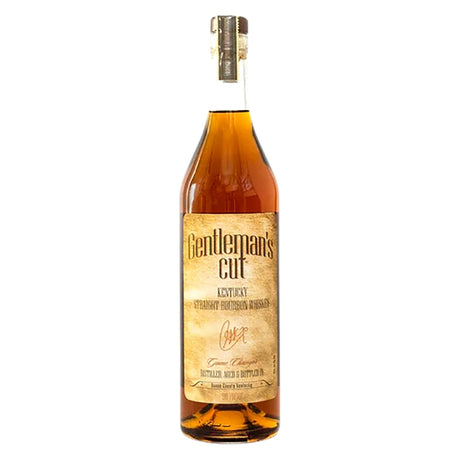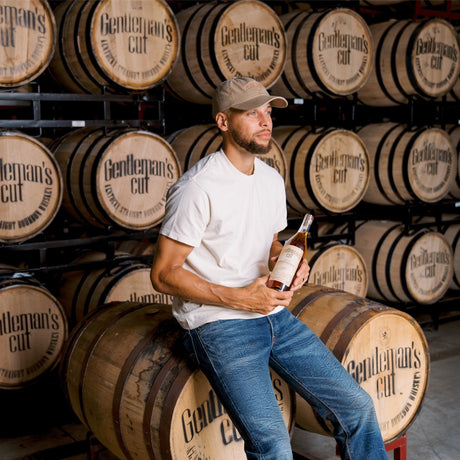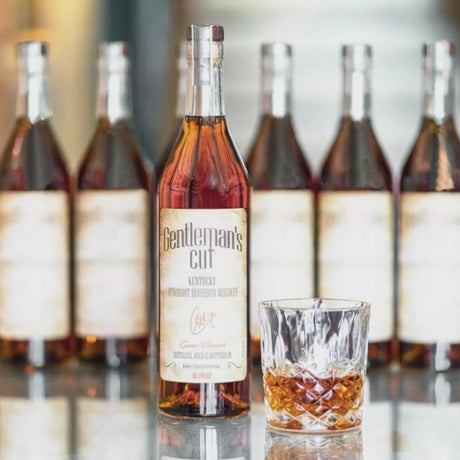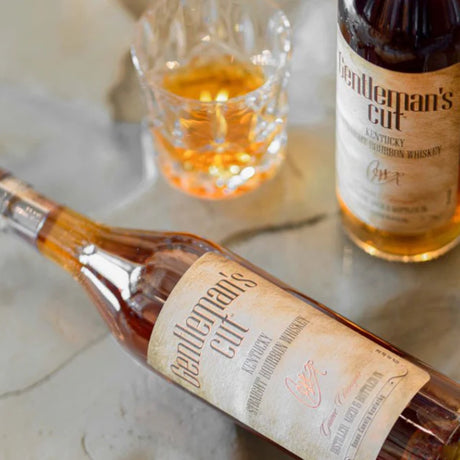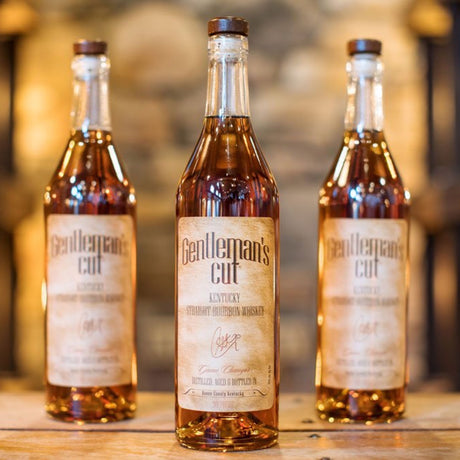Whether you are Team Cognac or Team Whiskey, one thing is clear: both spirits have earned their spot in your glass and on the top shelf. They share a similar hue, a reputation for sophistication, and the ability to make you ponder life’s deeper questions after one too many sips. However, beneath the surface, they are entirely different beasts.
Let’s break down what makes each spirit unique, exploring everything from how they are made to how they taste. So, the next time you're sipping, you'll do it with a little more swagger and knowledge of what makes your choice superior to other spirits (no shade to vodka).
Cognac and Whiskey Walk Into a Bar…
At first glance, cognac and whiskey may seem like distant relatives in the brown liquor family, but their backstories are surprisingly distinct.
Cognac is a type of brandy, not whiskey. It is distilled from white wine made with specific grapes (primarily Ugni Blanc), and it must be produced in – yes, you guessed it – the Cognac region of France. For it to legally wear the exclusive name, “cognac,” it must be distilled twice in copper pot stills and aged for at least two years in French oak barrels.
The result? A smooth, elegant spirit known for its fruity, floral notes and a rich mouth sensation that leans towards luxury.
Whiskey, on the other hand, is more rough-and-tumble. It is made from gritty grains, namely barley, corn, rye, and wheat, and its production process is much more varied than cognac’s.
Whiskey may be distilled in pot stills or column stills, depending on the region. It is carefully aged in charred wooden barrels, which contribute to its bold, often smoky profile. What you get is a spirit with a wide range of flavors, from sweet and mellow to spicy and robust.
Scotch whiskey is typically the closest thing to a cognac in terms of maturation period, as it can take up to three years to mature.
Origin Story – Where the Magic Started
Location isn’t just a nice detail; it defines the identity of both cognac and whiskey.
Cognac, by law, must come from a specific part of France. The terroir (a fancy term for soil, climate, and terrain) is a part of what gives cognac its unique character. It’s not just about grapes; it’s about French grapes, French oak, and the French approach to refinement.
Cognac’s production is tightly regulated. Only six grape-growing regions (called crus) are allowed, and the most famous one is Grande Champagne!
Whiskey, though, now that’s a globe-trotter. You’ve got:
- Scotch (from Scotland): Peaty and smoky
- Irish Whiskey: Triple-distilled and smooth
- Bourbon: The sweet, corn-rich American favorite
- Japanese Whiskey: Elegant and precise
Whiskey is produced all over the world, emerging from the rolling hills of Kentucky to the misty coasts of Scotland. Whiskey’s passport is well stamped, with each region putting its own stamp on the spirit.
Production: How the Spirits Are Made
Cognac
- Made from Ugni Blanc grapes
- Double-distilled in copper pot stills
- Aged for at least two years in French oak barrels
- Typically classified as VS (Very Special), VSOP (Very Superior Old Pale), or XO (Extra Old)
Whiskey
- Made from grains (mash bill varies)
- Distilled in pot or column stills
- Aged in oak barrels (new for bourbon, used for scotch)
- Labeled by region, age, or mash bills, such as single malt or rye
Taste: What Vibes Do They Bring to the Table?
It might surprise you that some drinkers don’t really care about what type of spirit they drink; they only differentiate them by taste.
Here is a description that may help you identify what spirit you are pouring down your throat the next time you are at a bar:
- Cognac: Smooth, velvety, often with notes of fruit, flowers, nuts, and spice.
- Whiskey: Bold, spicy, woody, and smoky. Some say “caramel and vanilla.” The truth is, whiskey has a broader flavor range depending on the type and origin. Bourbon leans sweet with notes of caramel and vanilla, while rye is spicier. Scotch can range from smooth to nutty to smoky and medicinal, depending on the region.
Both of these iconic distillery products have range, as they can both go from sophisticated to savage, depending on what you mix them with.
How to Drink Them Like You Know What You Are Doing
So, when do you reach for cognac, and when for whiskey?
Choose cognac when you are in the mood for something smooth, refined, and aromatic. It pairs well with desserts, quiet evenings, and conversations that drift into philosophy. Sip this special blend in a tulip-shaped glass. Warm it slightly with your hand to release the aromas.
Go for whiskey when you are looking for complexity, character, and a bit of bite. Whether neat, on the rocks, or in a cocktail, whiskey adapts to almost any mood or moment.
Cognac vs Whiskey: Key Differences
|
Category |
Cognac |
Whiskey |
|
Base Ingredient
|
White wine (grapes) |
Grains (barley, corn, rye, wheat) |
|
Origin
|
Cognac region, France |
Worldwide |
|
Distillation
|
Twice in copper pot stills |
Pot or Column stills |
|
Aging
|
French oak barrels (min. 2 years) |
Varies; often in charred oak |
|
Flavor Profile
|
Fruity, floral, and smooth |
Spice, smoky, or sweet (varied) |
The Price Tag Situation
Regardless of which you prefer, cognac and whiskey can be purchased at either end of the budget spectrum. You can get an affordable bottle of each, or you can spend more and purchase a limited edition aged-to-perfection bottle to impress your guests.
- Cognac brands you can name-drop: Hennessy, Remy Martin, Courvoisier.
-
Whiskey labels you should know: Blanton’s, Macallan, Jameson, Pappy Van Winkle (aka the Holy Grail, the king of all sips).
Final Verdict: Cognac or Whiskey?
Honestly, it’s hard to go wrong with either one.
If you like elegance in a glass and want your drink to have a side of French pronunciation and sassiness, go for cognac. If you want something bold, complex, and with a ton of personality, then grab a whiskey and sip it neat or mixed.
Or, wait! Stock both. That way, no matter who drops by, you will always be ready.

























